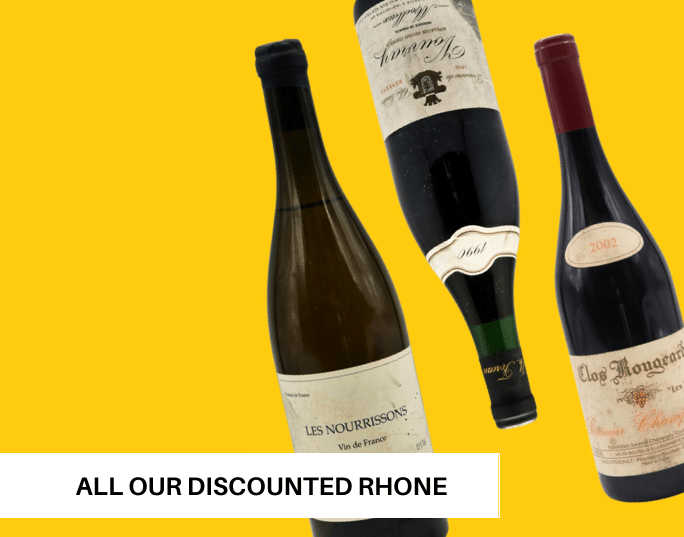













































































THE CHARACTERISTICS
Generally moderate, the climate of the Loire Valley is oceanic in the Nantes region and in Anjou, while a continental influence appears from Saumur to Touraine as the oceanic flows are gradually stopped by the relief of the hills giving tothe vineyards of the center a more continental climate.
The Loire and its numerous tributaries play a paramount moderating role: their buffering effect is decisive in the production of sweet and liquorous wines, in particular in Layon. In addition, it promotes the existence of a multitude of microclimates, suitable for the cultivation of the vine to which are added the differences in altitude and orientation of the hillsides. All these elements contribute to the great diversity of wines.
Main grape varieties for white wines : Chenin, Sauvignon
Main grape varieties for red wines : Cabernet Franc, Pinot Noir and Gamay